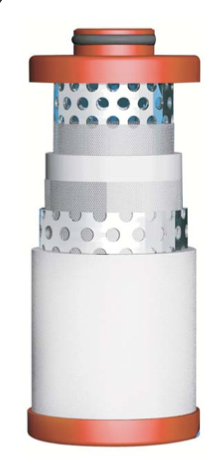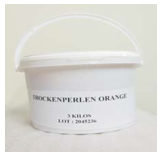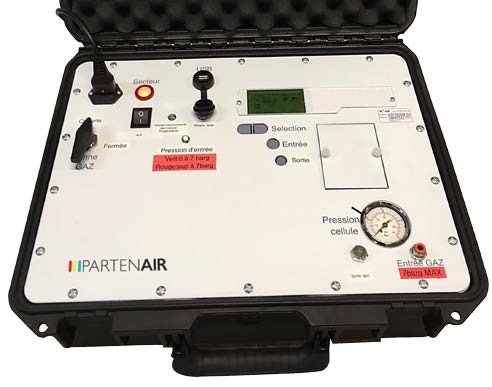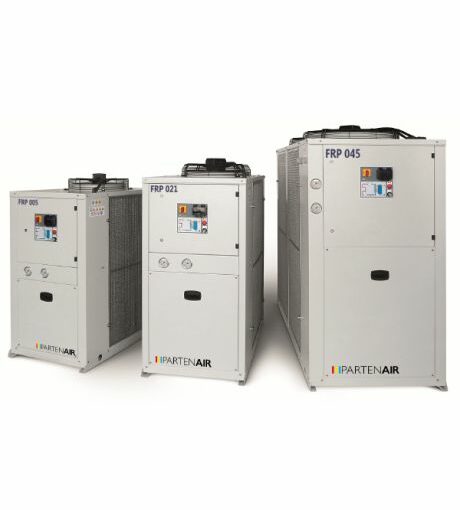All of our adaptable filter elements will now be fitted - in place of the blue external foam - with a high-efficiency drainage layer made of polyester fibers.

This new material obviously brings its share of improvements among which we will note in particular:
- A finer interfiber space favoring the coalescence of droplets of very small diameter.
- Better resistance to deformation, or tearing, during overcapacity or sudden accidental pressurizations.
- No mechanical degradation over time.
- Resistance at higher temperature (120 ° C).
The other components of the elements remain unchanged.
The current filter elements (blue) will be delivered until the models available in stock are exhausted. The white models will appear from mid-December. Do not hesitate to contact your usual contact for any further information on this range evolution.
In short....
TROCKENPERLEN - Conditioning modification

The orange trockenperlen, (desiccant used in low-flow compressed air dryers model AP 21), is now packaged in sealed plastic buckets with an unchanged capacity of 3 kgs.
Packaging in metal boxes is no longer available.

IN THE HEART OF THE MEDIA
We have previously described the various filtration techniques used to design effective filter elements. (B.à.S. edition 02 & 03/2007)
Today we suggest you "see" how these techniques are implemented in the filter media.
The compressed air, loaded with pollutants will be gradually purified by its passage through multiple filtration stages where the various filtration techniques will be linked

A direct interception occurs first, the largest particles are stopped at the media entrance (1).
Inertial interception then comes into play. As they advance through the depth of the media, particles of low mass will be deflected from the air flow by their speed and be captured (2).
Diffusion filtration (Brownian movement) completes the process for extremely small particles (<0.1µ) (3).
Finally, the coalescence of the droplets, already initiated in the media, is completed by the external layer (4) which will drain the liquids towards the bottom of the media which will fall by gravity into the bottom of the bowl or they will be evacuated by the purge system.


